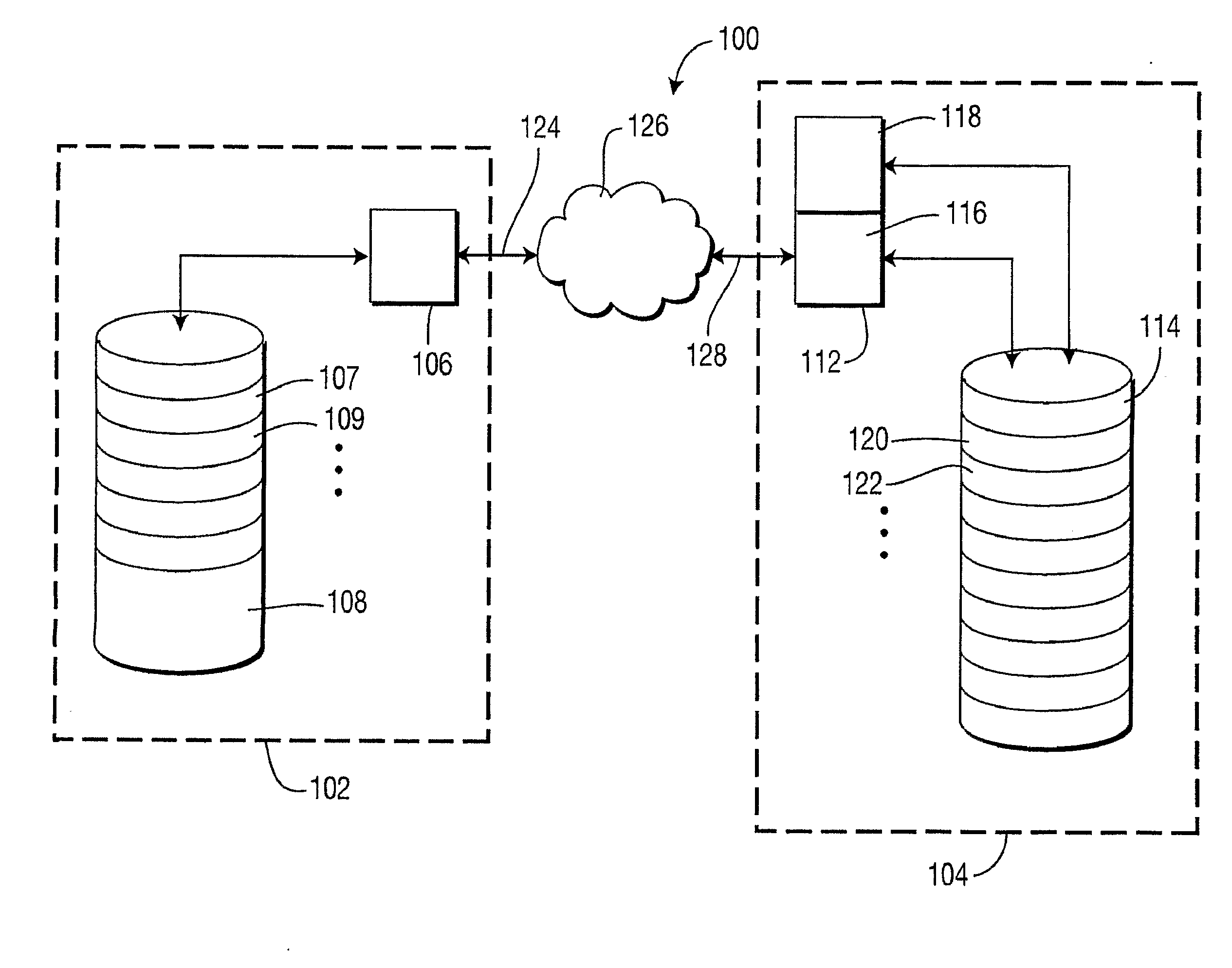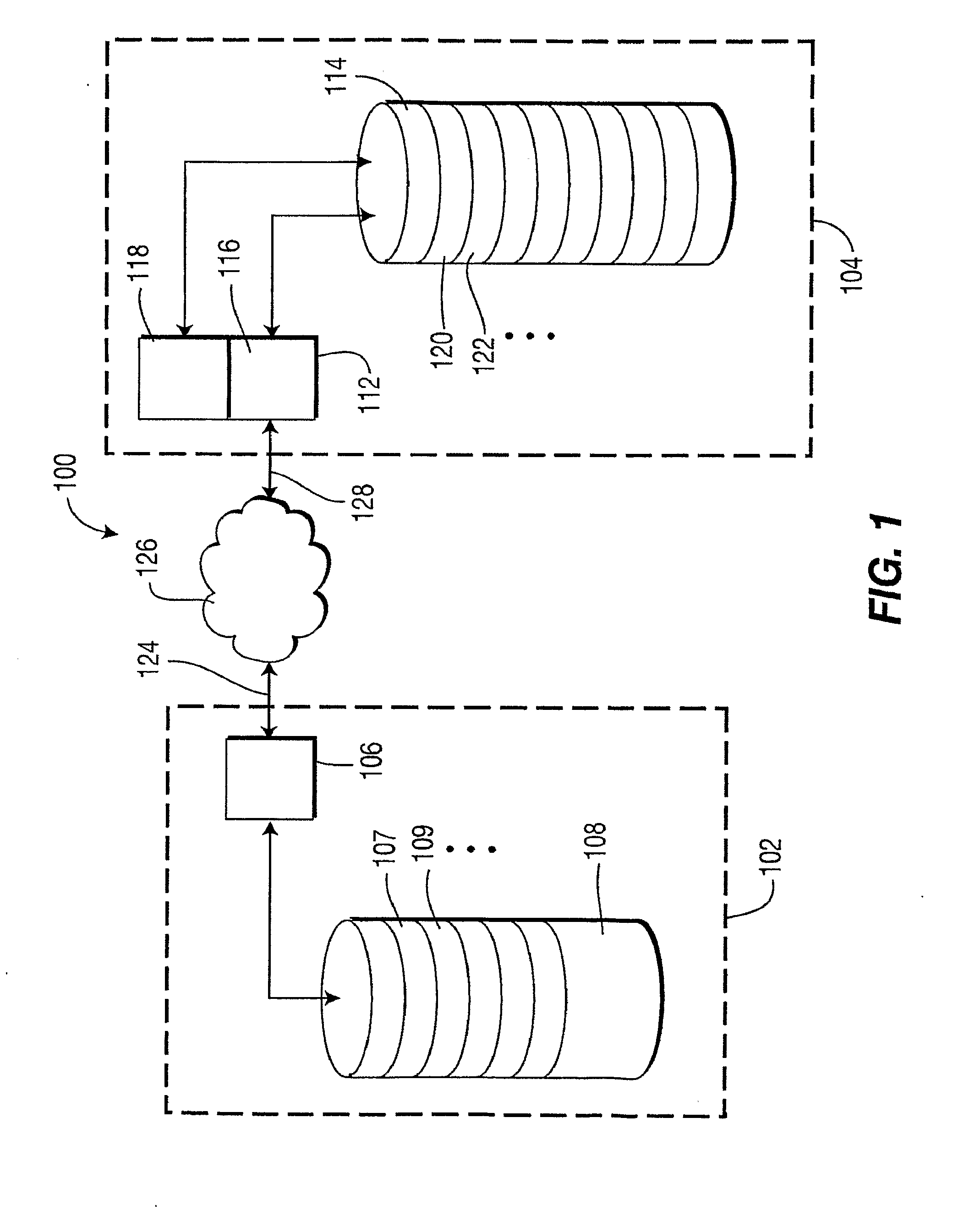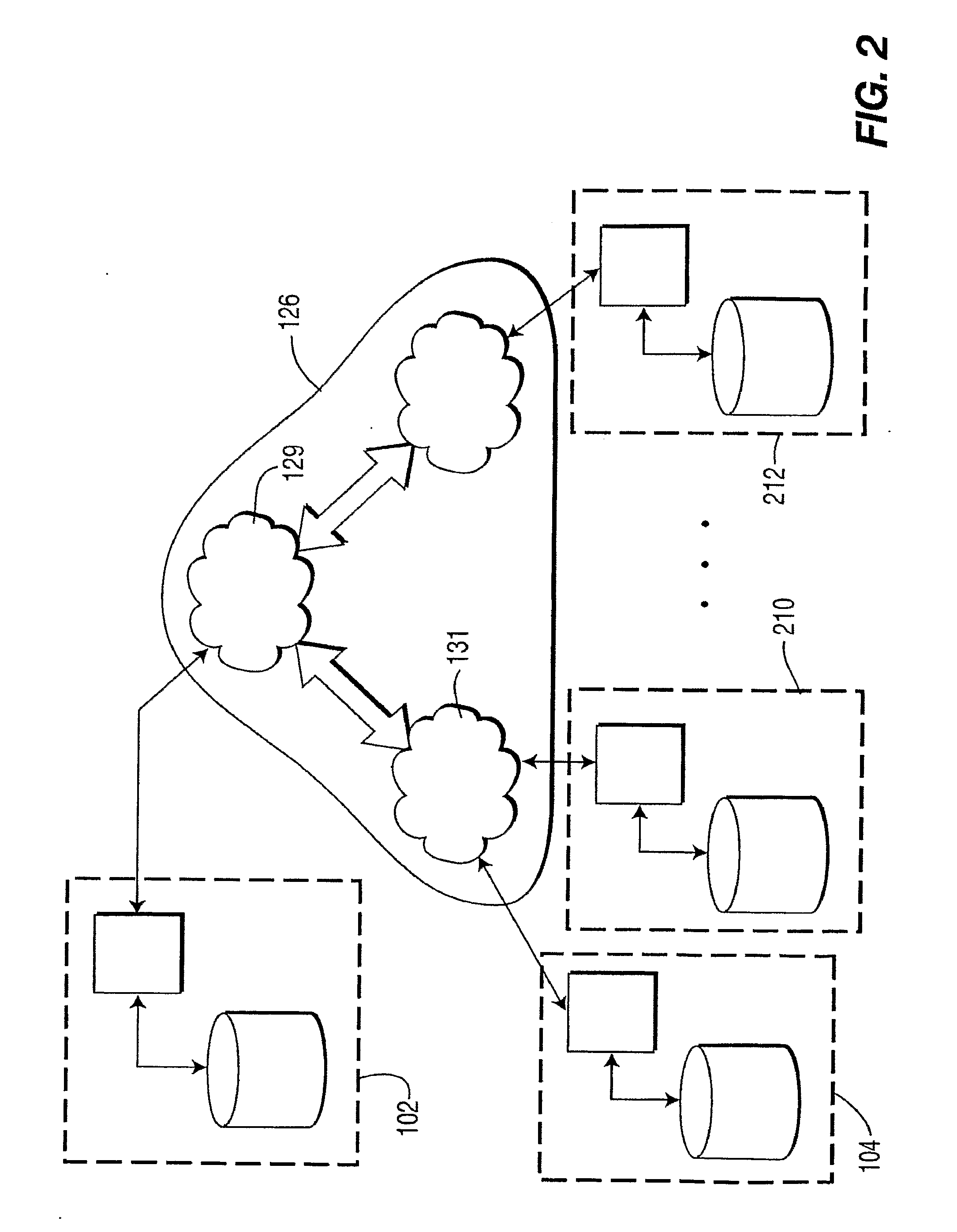Prefix caching assisted quality of service aware peer-to-peer video on-demand
a technology of prefix caching and peer-to-peer video on-demand, which is applied in the field of peer-to-peer networking, can solve the problems of limiting the number of receiving peers that can be admitted, consumption server bandwidth, etc., and achieve the effect of improving admission performan
- Summary
- Abstract
- Description
- Claims
- Application Information
AI Technical Summary
Benefits of technology
Problems solved by technology
Method used
Image
Examples
Embodiment Construction
[0027]The following description presents the invention in terms of peer-to-peer video-on-demand systems. One of ordinary skill in the art will appreciate, however, that the embodiments presented, including a preferred embodiment, are exemplary of the invention, and are not meant to be limiting. Accordingly, it is understood that the invention may be applied in a variety of embodiments including, for example, peer-to-peer audio on-demand systems and other multimedia systems.
[0028]The present invention overcomes the drawbacks discussed above. In part, the invention surprisingly improves system performance by storing leading multimedia sub clips (such as audio and / or video leading sub clips) in a receiving peer device of a peer-to-peer system (a peer-to-peer client device) prior to a request for service. Because of this advance, a request for video-on-demand service can be accommodated promptly and with little or no immediate incremental server loading. In addition, because the storage...
PUM
 Login to View More
Login to View More Abstract
Description
Claims
Application Information
 Login to View More
Login to View More - R&D
- Intellectual Property
- Life Sciences
- Materials
- Tech Scout
- Unparalleled Data Quality
- Higher Quality Content
- 60% Fewer Hallucinations
Browse by: Latest US Patents, China's latest patents, Technical Efficacy Thesaurus, Application Domain, Technology Topic, Popular Technical Reports.
© 2025 PatSnap. All rights reserved.Legal|Privacy policy|Modern Slavery Act Transparency Statement|Sitemap|About US| Contact US: help@patsnap.com



